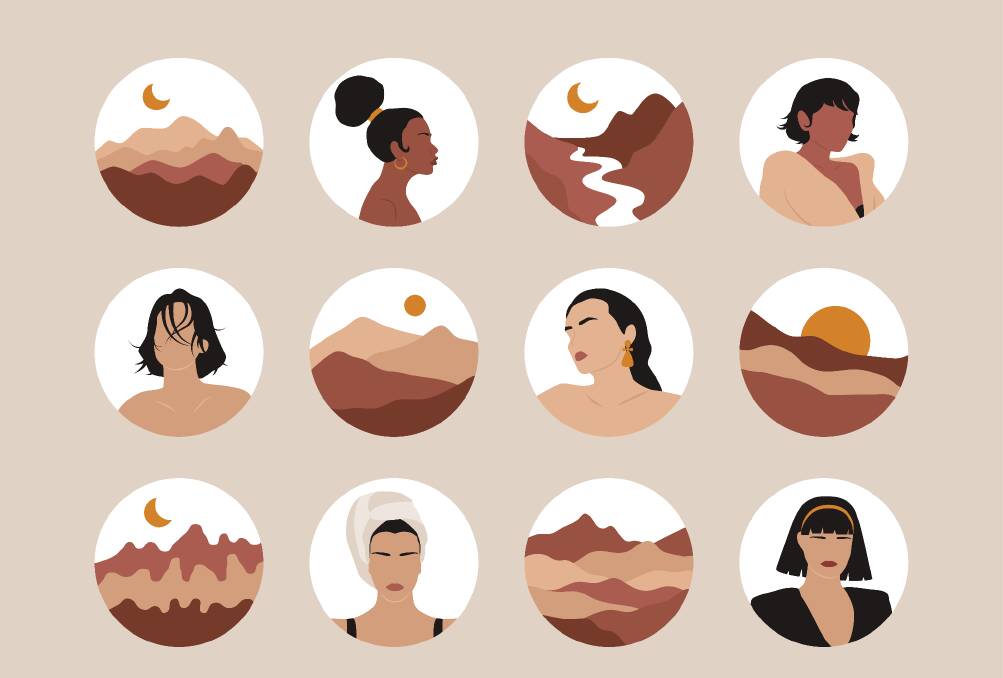A look back at fashionable Facial features throughout history

This is branded content.
When you think of a beautiful face, what do you think of? Chances are, if you ask varying people this question throughout history, there would be a vast range of different answers.
Today, you might think of one of the prominent social media models with long and sharp features, or maybe you seek out a more individual look for the embodiment of beauty.
Whilst we have a more diverse and accepting cultural mindset for what is seen as beautiful, there are definitely still standards that people become desperate to meet.
In this article, we will be taking a look back at some of the more fashionable facial features of the past and how they compare to what we aspire to today.
High foreheads
Whilst it may seem comical now, if we time travel back to the Renaissance period, high foreheads were seen as the height of beauty.
Women today may consider a fringe to hide a larger forehead or even a facelift to lift and stretch back the skin for a more youthful complexion.
Meanwhile, women of the past would take such drastic measures as removing their eyebrows, plucking the hair from their head or simply just burning it off with a chemical called quicklime, which was also known to burn the actual skin too, yet all of this was done to increase the length of their brow.
This was not simply to create a larger space but to create the appearance of a rounded, oval face, which was considered highly beautiful at the time.
Pale skin
These days, in the Western world, the artificial tan market is thriving. With sun tanning becoming increasingly unfashionable due to skin cancer and wrinkling consequences, people have sought out alternatives ways to give themselves that "just back from holiday" glow.
However, as well as a plucked forehead, during the Renaissance, pale skin was the ultimate beauty standard. Today, a bronzed face represents health and vitality, a well-rounded life; but in the past, it has been perceived as someone who has to work and therefore is not of a higher status.
Women would stay out of the sun at all costs, going out with umbrellas to shield themselves from its rays, and then to further the pale hue, they would cover their faces with white powder and avoid the sunlight in order to maintain their glowing complexions.
Small lips
It's interesting to note how beauty standards change throughout the ages, and lips are no exception to these changes. Today, big, pouty lips are incredibly sought after, with women opting for lip filler or lip flip procedures to achieve the desired look.
However, if we return to the 1920s, the fashionable features were a far cry from what we strive for today. The ideal lips were much smaller with a sharp, pronounced cupid bow, usually coloured in a strong red shade.
Proportionate features
Today, facial symmetry is often connected to beauty; however, this is not a new concept. The ancient Greeks had a similar mindset, believing proportion to be the answer to beauty, with famed mathematician Pythagoras even developing a formula that linked symmetry to the height of beauty.
This extended so far as to the eyebrows, with a monobrow being seen as more beautiful than separated ones as they were more symmetrical on the face. Much like women use makeup today to attempt to modify or play up the look of various features if an ancient Greek woman was not blessed with a monobrow, they would use kohl to emulate the look of one.
Social media face
In 2019 The New Yorker wrote an article, coining the phrase "The Instagram Face". This face is described as "poreless skin and plump, (with) high cheekbones" The face is beautiful whilst also being sexy, young, but not childlike.
Reminiscent of a social media filter in real life. This face has many people, especially women, worldwide, asking plastic surgeons to recreate this 'perfect' face for them. The filtered face is made up of all the desirable Western beauty standards of today; a large, rounded mouth, with a small ski slope nose and catlike eyes.
Whilst fashionable facial features of the past have stemmed from popular celebrities, be it screen sirens or social starlets, today's desired features stem heavily from what we see on social media. Seemingly accessible stars like influencers are seen with these perfect faces, influencing the masses to emulate them.
It's incredibly interesting to see how our perception of beauty has changed over the years, with so many factors contributing to the standards that are most popular.
These standards were in no way accidental and tended to reflect what was happening in society, be it the pale skin of the Renaissance to represent class or the sharp, bold mouths of the 1920s, reminiscent of the popular silver screen starlets.
Today idolised beauty standards come from the mass takeover of social media and what is seen as beautiful by these doll-like influencers. Yet, this will not be the case forever; beauty is constantly evolving and changing with the times, with what is seen as desirable still a mystery.


